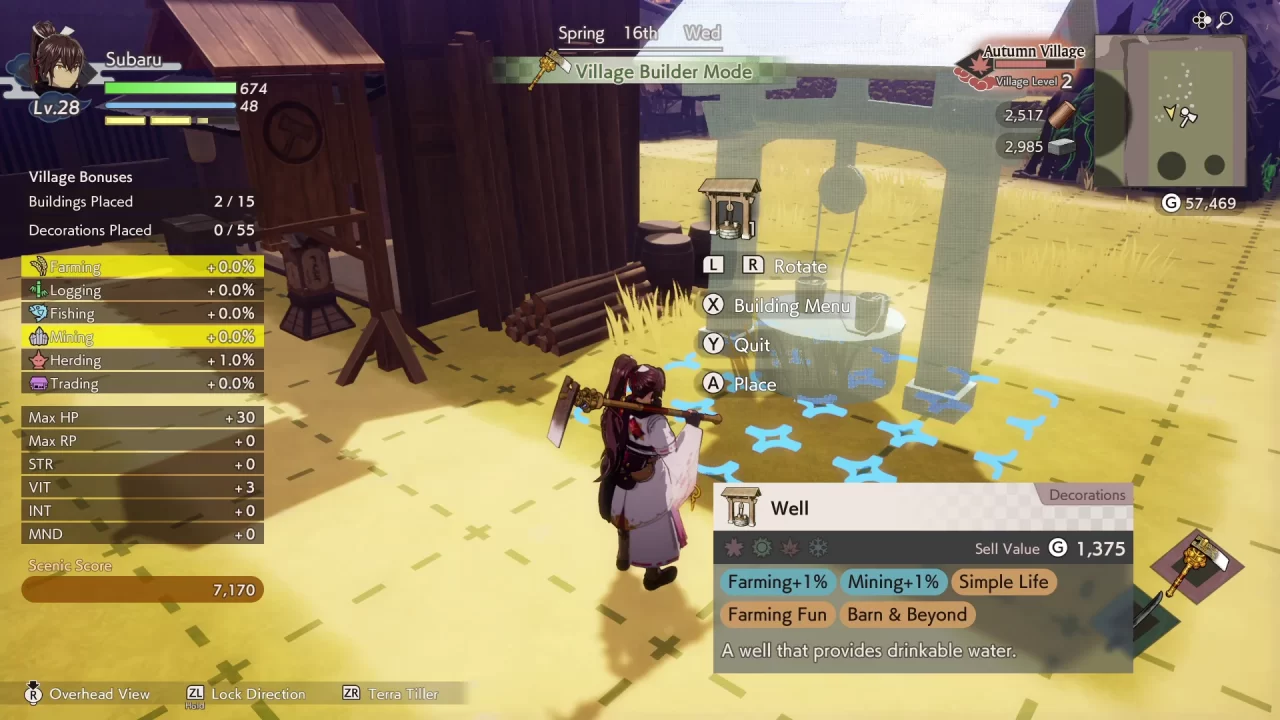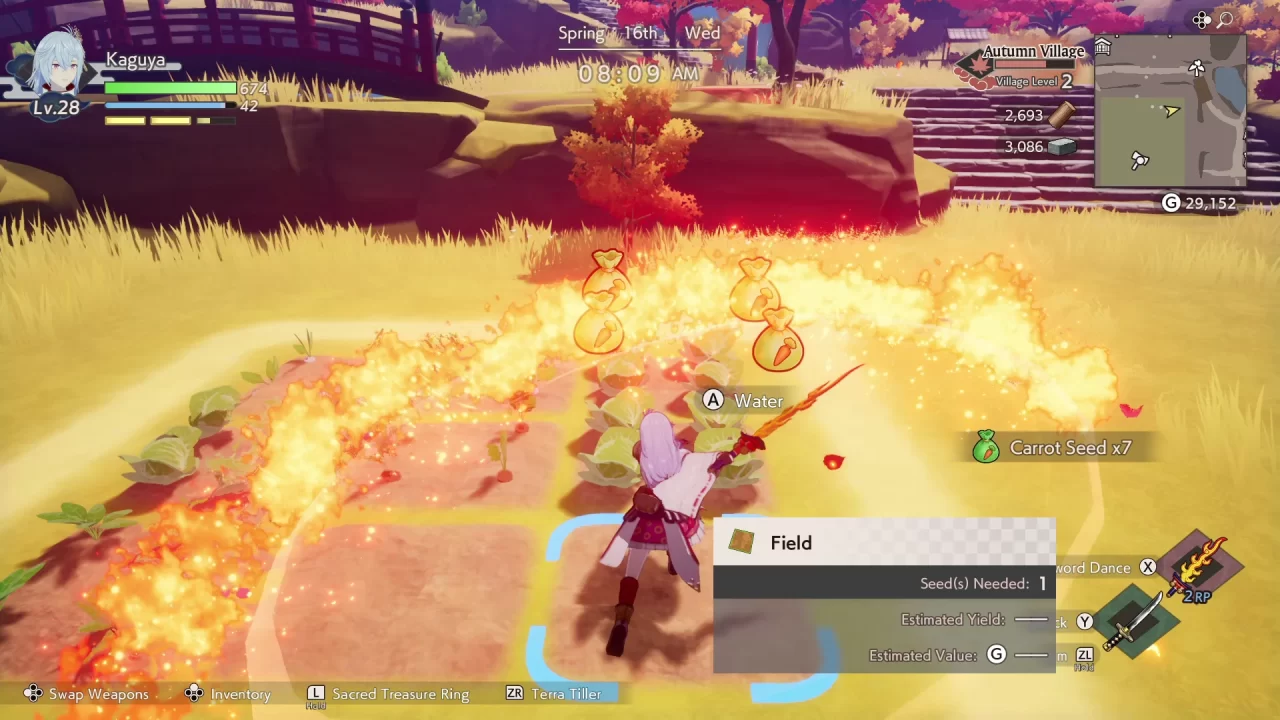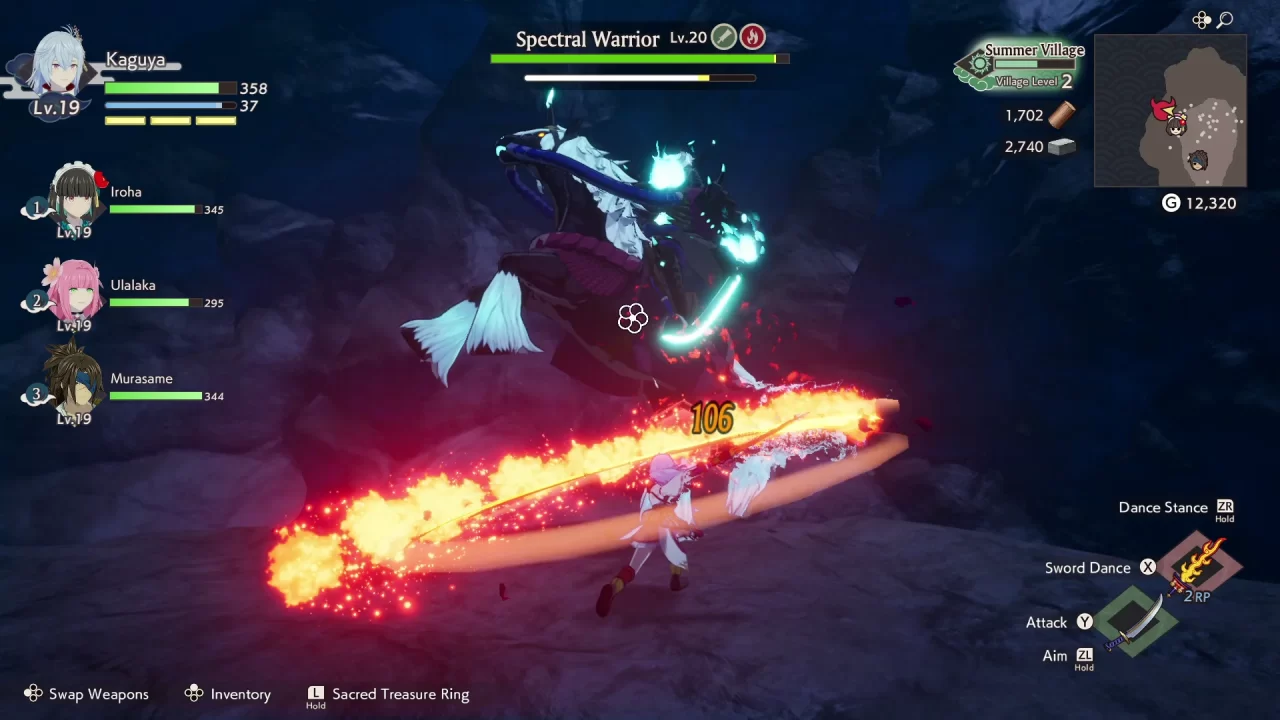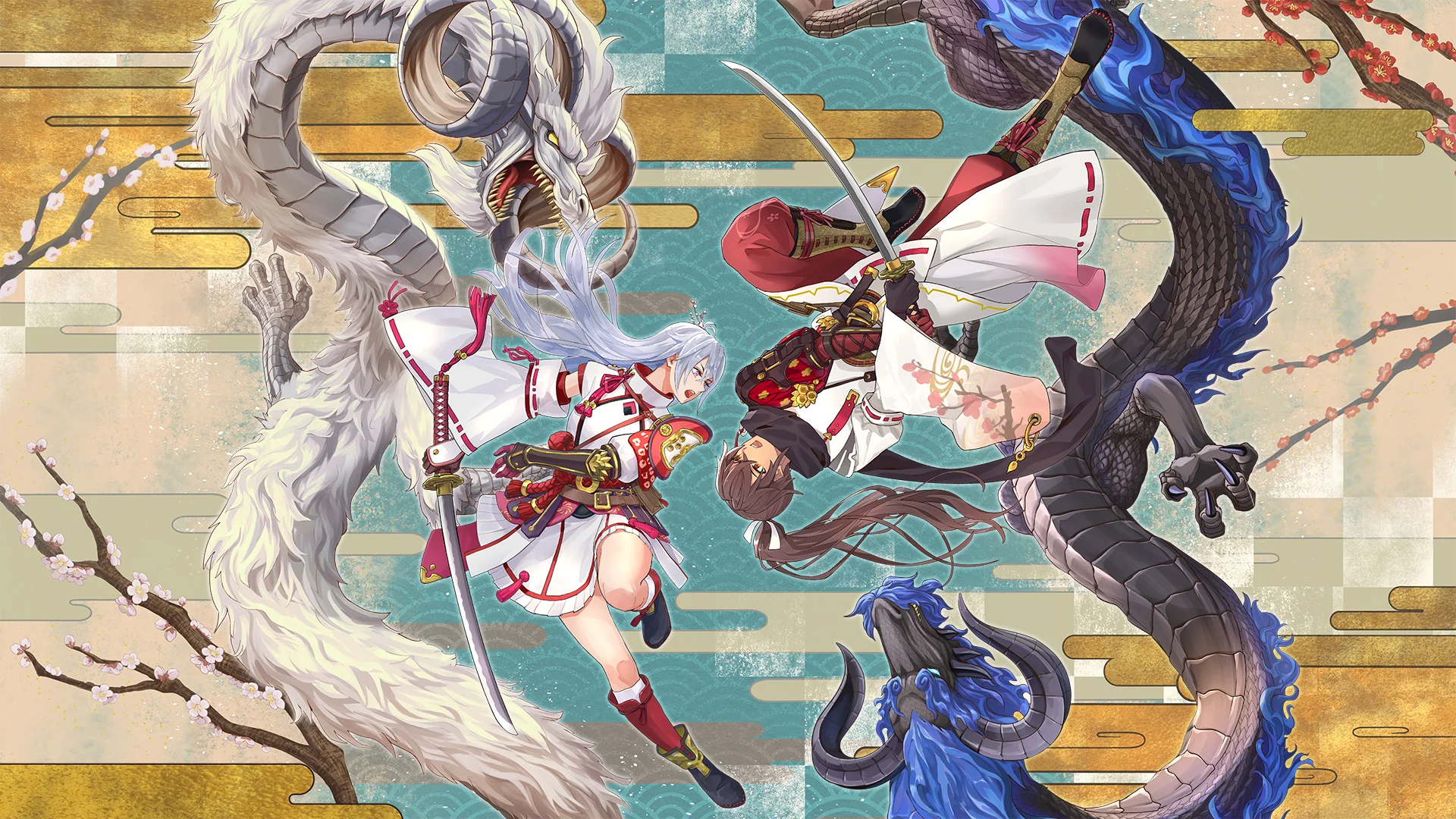When Marvelous announced Rune Factory: Guardians of Azuma, I liked the idea of the Eastern-inspired setting. The more we saw, the more it felt like the game may be primarily an action RPG with sim elements on the side, for better or worse (depending on what you want out of Rune Factory). But after our social media editor Lucy and I spent some time with it at PAX East, I have realized two overarching things about the game: First, the action RPG elements are robust, and there seems to be a lot to explore in the fields and variety in combat. Second, there is so much depth to the sim components that there will be plenty to dig into, no matter which aspect of Rune Factory is your favorite.
Whether you’re farming, building up towns, or battling monsters, the few environments we saw are far nicer than we expected based on screenshots and footage. Maybe it’s just the difference between screenshots showing the Switch 1 version of the game and the PC build we played, but the game looks great. The Autumn Village is full of lush foliage bursting with every color of fall. The sim portion of the demo was the shortest, but we got to see the process for purifying corrupted buildings and constructing new ones. We had a list of several villagers with roles to play, but we could reassign them to anything that fits their skillset. So, for example, if you have villagers skilled in farming, you can assign them to handle that aspect while you handle something else. We like the idea of having a village full of people help revitalize their land and village WITH you, versus a community of folks hanging out waiting for you to solve their problems!
We also got a peek at the relationship building component with one of the villagers. While we get used to many games’ typical “give gifts to increase friendship levels” system, real-life friendships are a bit more nuanced (not that I don’t try that method, too!). We enjoyed seeing many more options for increasing friendship levels, such as conversing and hanging out, or engaging in activities with other characters. It adds more life and variety to the “friendship increasing” aspect, and especially for the romantic candidates, it seems like it gives you better insight into their personalities.


If you’re used to traditional-for-sim top-down perspectives (like us!), the 3D-behind-the-character view may feel strange. Thankfully, you can choose to build and manage the town from an aerial, fully-rotatable camera, which makes positioning far easier, giving you a better sense of position. Regardless of mode, a handy grid overlay appears to help with your planning. Another nice quality-of-life feature is the ability to use your sacred instruments even in farming, like using the fan to harvest batches of crops. Interestingly, this aspect is similar to Story of Seasons: Grand Bazaar, which gives you fun ways to engage in farming beyond simply walking over them and picking them individually.
We spent most of our demo time outside the village. This is where you encounter enemies, but it’s also, in a vein not dissimilar to the Atelier series, where you scout and harvest materials from trees, ore-filled stones, and more. As I mentioned in my intro, combat and exploration are no less involved than the sim aspects, with the ability to equip two weapons simultaneously in addition to your sacred instruments, powerful special moves, and more. I often found it helpful to keep a sword and bow equipped to effortlessly hit nearby and distant enemies. Between battling enemies, I collected several materials, and found a few (of many!) frog statues that teach you recipes, and possibly other gifts.
By the time I reached the area boss, enemy weaknesses became more important. This ghostly warrior likes to run around the room, discouraging melee attacks and even arrow strikes, teaching you to use the fire-aspected sacred instrument. Bosses also have a Stagger meter, and while the small fireballs landed, they affected this meter more than the boss’ HP. Once staggered, the boss took far more damage, and a couple of special flame attacks in stagger mode finished the fight. The battle was not difficult, but it was a good introduction to how combat works in Rune Factory: Guardians of Azuma.


The last thing we did with the demo was poke around the menus, and we were impressed at the amount of stuff the game has. There’s a running tally for those frog statues, mini shrines, and other categories we didn’t even encounter in the demo. I’m a sucker for a “collectopedia,” checklists, and accomplishments, so I’m glad we saw that.
Overall, I’m impressed at what Rune Factory: Guardians of Azuma offers as a cross-genre experience, as it doesn’t seem like Marvelous held back on either “half” of the game for the sake of the other. And honestly, what we saw and played barely covered most of the game. We didn’t experience any fundamental story elements nor most of the characters, romance options, fishing, or dancing, which seems essential as your two protagonists are Earth Dancers. The characters are what I most want to see more of, both to see how their friendships and possible romances play out (in fully voiced — English or Japanese — scenarios), plus some of them can join you in the field as well. And that’s to say nothing of the mysterious antagonists and the season-based gods in the game’s cast.
Luckily, there’s not much longer to wait: Rune Factory: Guardians of Azuma launches on June 5th, 2025 for Nintendo Switch, Switch 2, and Windows via Steam. Learn more and find all the info and links to pre-order the digital or physical editions on the game’s official website, and look forward to more coverage and our review in the near future!




Leave a Reply
You must be logged in to post a comment.